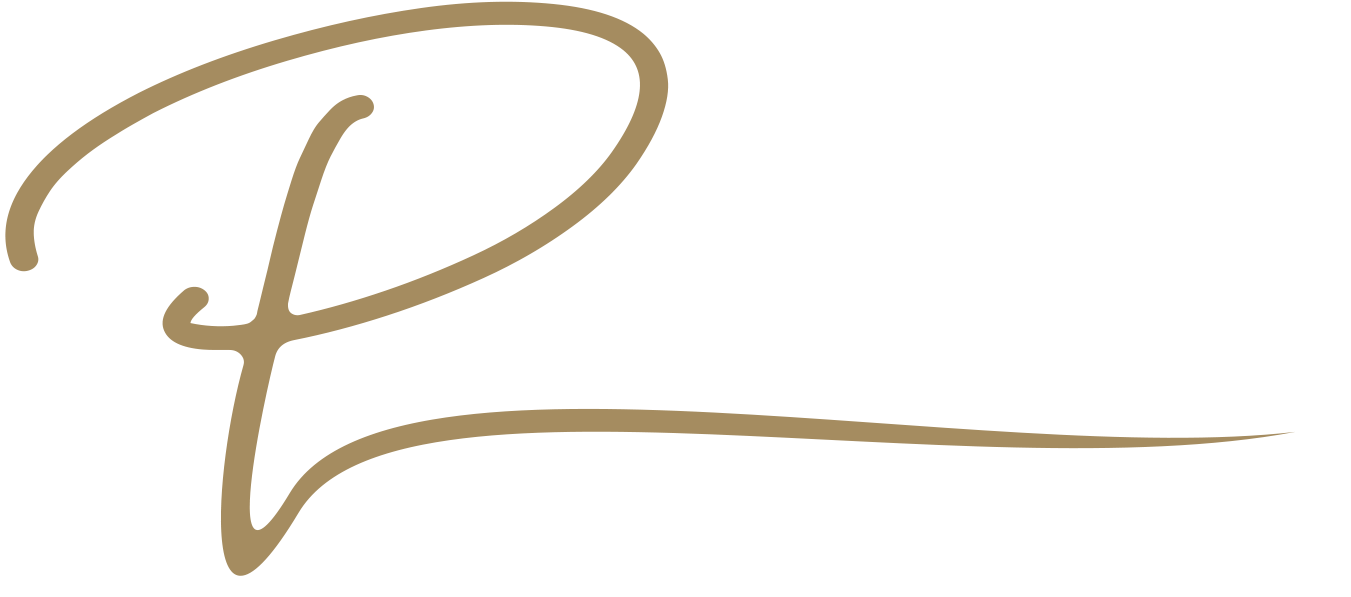A redesign of your website can be an exciting endeavor. But, it can also be pretty overwhelming when deciding where to start. We’ve developed a list of some of the top key elements that we plan for when designing a site and why they’re important factors in producing a quality finished product that meets your goals and expectations.

Structure Is The Foundation of Your Site
If a potential customer visits your site there’s a huge chance they are also checking out several of your competitors. When they land on your site it’s important for them to see relevant content that ensures them you can provide the service or product they’re looking for. Visitors on your site should be able to clearly understand who you are, what you do, and why you’re the best choice compared to the competition. Developing a sitemap that meets these standards is key in continuing to generate new business.
Site structure can include several factors such as the main pages on your site like your homepage, services or product page, about us, and contact page. But there also needs to be a plan for additional pages like landing pages created for marketing campaigns, SEO pages, articles, email workflows, and even the conversion funnels that you create on your site for leads or sales.

Your Brand Should Be Well Represented
When designing your site there are a lot of factors involved; from aesthetics to functionality. But one thing that should be a prime element in the overall look of your site is branding. Logos, color schemes, font, and the overall impression you want to give to potential customers should be portrayed in your online presence. Take this for example… What do you think of when you see this image?

Or this one?

Or when you hear the phrase “Just Do It.”
You’re not even viewing these companies products or on their site and you can easily recognize who they are and what they do. This should be your goal as well, and while these brands may be larger than yours, they got that way through branding and positioning their company in front of the right audience to continually drive new business.

A User Friendly Design Is A Successful One
When users visit your site you’ll obviously have a goal in mind of an action you would like them to take. Whether your objective is for them to submit a lead, make a purchase, give you a call, or just obtain information, if they can’t easily navigate your site users may bounce away and you may miss out on a lot of opportunities. Users should be able to flow through your site and find everything they need easily and accessibly. Some best practices to follow are a clean site that allows users to distinguish different content and elements on the site and a responsive design so that no matter what device type (desktop, tablet, or mobile) or browser they may be using the site is still able to be viewed in the most efficient way possible. Another best practice is to always check your new site for functionality and speed so that users can straightforwardly and quickly find what they want and access it without any issues or obstacles.

Design With Your Goals In Mind
Whether you are providing a service or selling a product, potential customers will need to convert into a sale/lead. In order to do this you’ll need to give users on your site the ability to take those actions when they feel it’s best for them. If a user has to spend too much time searching for a way to become a new customer, chances are they won’t. The best way to ensure that conversions can happen when it’s best for the user is to give them multiple opportunities to convert throughout the pages on your site so they can do so anywhere at anytime. Additionally you’ll want to simplify the process as much as possible. If someone has to go through a 15 step process on your site in order for you to gain their business there’s a much higher chance of them either changing their mind or becoming too frustrated to make it throughout the entire funnel. A good way to monitor this is to set up conversion tracking on your site so that you can get a better understanding of how and where users are spending their time, what they’re interested in and clicking on, and where you may be seeing significant drop-offs throughout the funnel and how you can adjust to improve and increase conversions.

Research Your Market
Understanding your industry, where the market stands and its potential, who your ideal customer personas are, and what your competitors are doing can be the difference between a basic site and site that produces business. For example if you’re in the real estate market it can be an important factor to understand geographically what the demographics in your area are and how your competitors are positioning themselves. If your goal is to focus on selling luxury homes you’re most likely going to want to target areas with a higher average income and consumers that are showing an “in market” interest in a new luxury home. You’ll want to let visitors to your site know that you service those areas and that you work with clients in the luxury market. You’ll also want to have a good understanding of the advantages and disadvantages of your potential customers working with the competition, so that can accurately and efficiently show why you’re a better option in gaining their business.

Boost Your Searchability and Visibility
Having a good looking site that functions well, has a responsive design, and a good conversion funnel is just about everything you could ask for on your new website redesign. But, all of those efforts are lost if consumers searching for your services or products can’t find you. When designing your new site take into account some SEO strategies that can help search engines determine your sites relevance and quality. We like to begin with some research on industry trends, competitors, and highly searched for low competition keywords. By utilizing a combination of strategies that include tags, headers, relevant content based on location, keywords, and popular industry topics, you can increase your chances greatly of ranking for relevant searches to your business. Another opportunity to continually improve SEO is to have a place such as a blog or news section on your site to keep writing SEO content; deepening your sites relevancy and showing potential customers that you are knowledgeable and are the best choice in earning their business.

Make Sure You Love Your New Site
Probably the most important factor them all is that you love your new website! You’re spending the money and putting in the effort to improve your business. You should love the final product that comes out of that. Make sure before the site is built you’ve looked over the mock-up, prototype, branding strategy, and anything else that may play a key role in the design of your site and that you approve of it before moving forward. We like to give our clients a few days to look over everything and make sure they’re satisfied so they can request any changes or updates and ask any questions that come to mind. This eliminates the need for significant changes upon site completion and ensures you’re 100% happy with you new website.



